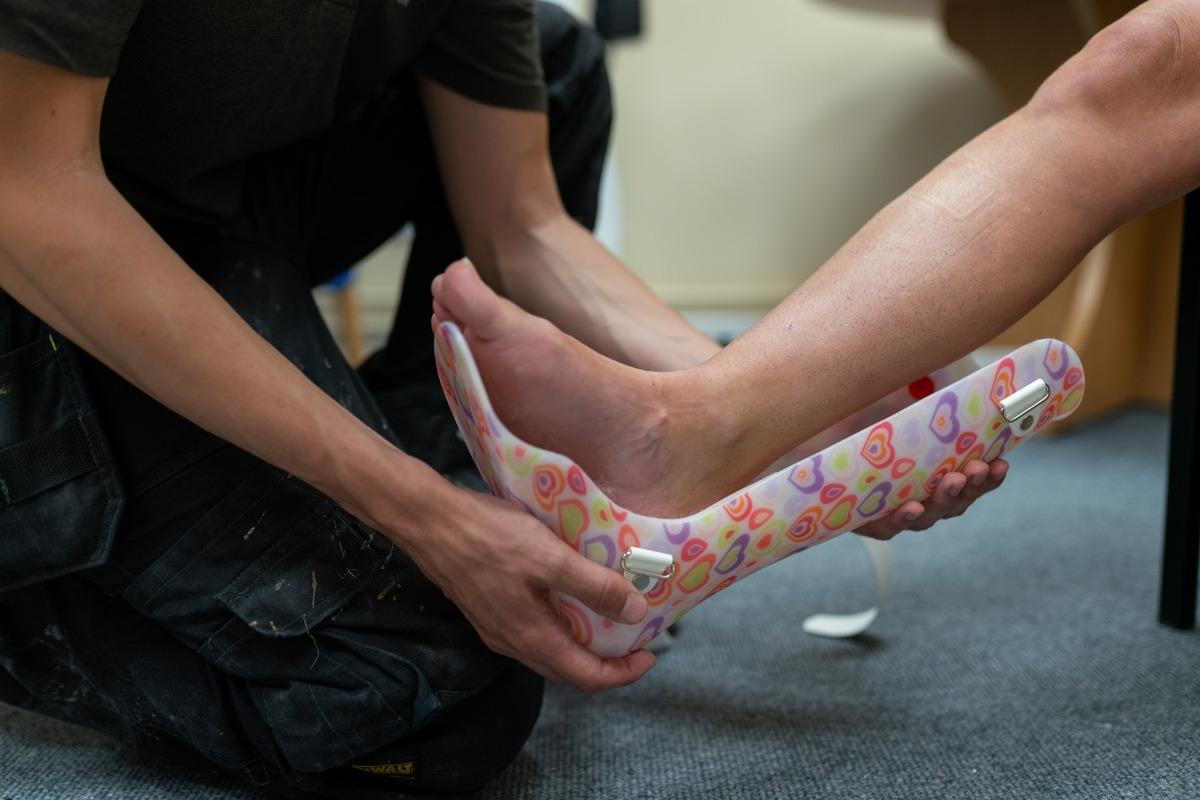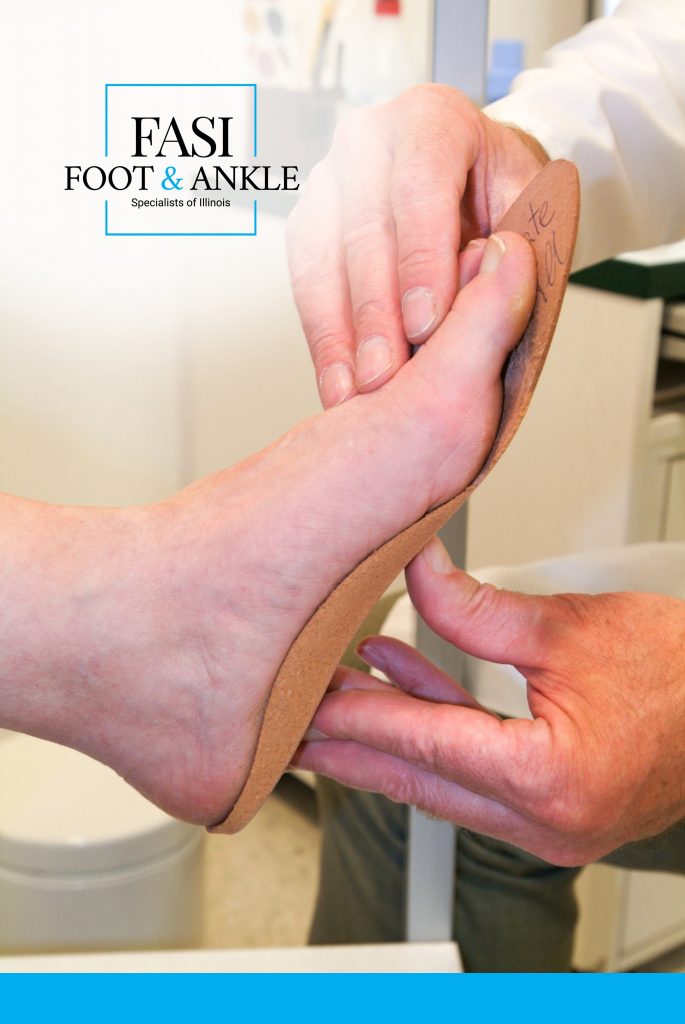Ski Boot Fit Trends to Note Westminster CO
When it involves skiing or snowboarding, understanding boot compatibility with bindings is essential for guaranteeing a secure and pleasant experience on the slopes. Choosing the right combination of boots and bindings can directly affect performance, comfort, and even security. Both beginners and seasoned riders should pay shut consideration to how varied elements of their gear work together, as mismatched equipment can result in discomfort, poor performance, and even injury.
Different kinds of ski and snowboard boots are designed for specific styles of riding or snowboarding. For occasion, alpine ski boots differ considerably from those used in freestyle or backcountry setups. The compatibility between boots and bindings typically hinges on the type of skiing or snowboarding an individual plans to pursue. Therefore, understanding the nuances of every type could make a big distinction.
The major side of boot compatibility with bindings revolves around the type of connection the boots have with the bindings. In the skiing realm, traditional alpine boots utilize a four-buckle design that locks into standard alpine bindings. These bindings are tailored to grip and hold the boot securely, offering the required assist during each uphill and downhill movements. This relationship is important for performance, as it permits for better management over the skis.
On the opposite hand, snowboarding boots range in design and suppleness. They may be categorized into delicate and exhausting boots. Soft boots are predominantly used for freestyle and all-mountain driving, while onerous boots are extra frequent in alpine disciplines. The binding methods for snowboards are designed differently to match these boot kinds. Some bindings are specifically crafted to accommodate gentle boots, allowing for larger motion and suppleness, whereas others are more rigid, designed to carry exhausting boots securely.
Boot Fitting for Touring Tips Dacono CO
Adjustability of bindings is another factor that performs a big position in boot compatibility. Many modern bindings offer adjustable features that can mold to varied boot styles and sizes. This versatility can prove helpful, particularly for people who have tried on a number of manufacturers. Testing Fit During Ski Activities Louisville CO. Therefore, choosing a binding that provides a great fit can drastically enhance the using experience
Understanding the DIN settings can be important when discussing boot compatibility with bindings. DIN settings decide how a lot drive is required for a binding to launch in case of a fall or sudden motion. A mismatched boot and binding mixture might result in the binding releasing too easily or under no circumstances, which may put the rider at risk. It's important to hunt out boot and binding pairs that align in their DIN settings for safety and performance.
The sole design of the boot can even impact compatibility with bindings. Different producers could use varied sole methods, making it imperative to examine whether a boot will fit right into a given binding with out issue. Some bindings are designed solely for certain sole types, like GripWalk or WTR (Walk to Ride) soles, which give specific benefits when strolling or mountaineering on snow.
Ski Boot Fit Tips for Comfort Frederick CO
For those who are contemplating rental gear, it's price noting that rental boots are sometimes designed with common compatibility in mind. Many rental retailers carry several brands and kinds of bindings, so they might supply a wide selection of boots that may simply fit into existing binding techniques. However, it’s still essential to double-check compatibility to avoid unpleasant surprises on the slopes.
If you would possibly be purchasing new gear, it's all the time best practice to strive on boots and bindings in-body before making a purchase order. This hands-on expertise permits you to assess the fit and luxury immediately. An ideal setup ought to feel each safe and comfortable, with no pinching or extreme movement when buckled in or strapped down. Trying completely different mixtures helps in finding what works finest in your individual driving style.
Brand loyalty also can dictate which boots and bindings a rider chooses. Some manufacturers design their products to be suitable with their own gear solely. While this may create reliability in performance, it could also limit options. In contrast, different manufacturers approach design with universal compatibility in thoughts, allowing for a broader vary of choices that can fit seamlessly together.
Maintaining your gear is also key to ensuring that boot compatibility with bindings stays intact over time. Regularly inspecting bindings for put on, tear, or misalignment can prevent problems during a journey. Bonds between boots and bindings can pressure over time, particularly with frequent use, so routine maintenance is essential.
Boot Fitting Challenges and Solutions Wheat Ridge CO
In conclusion, boot compatibility with bindings goes far beyond mere comfort; it serves as a foundational factor in reaching optimum performance and safety on the snow. Riders should contemplate the type of boot system being used, the precise types of snowboarding or snowboarding involved, and other crucial factors, similar to adjustability and DIN settings. Testing varied combos, taking notice of maintenance, and being conscious of model name specifications can all contribute to a more pleasant and secure driving expertise. Ultimately, the right pairing of trainers and bindings can lead to improved confidence and excitement on the slopes.
- Ensure that your snowboard boots have the right sole design appropriate with the precise binding type to maximise performance and decrease slippage.
- Different binding systems may require specific boot shapes for optimal fit, impacting responsiveness and control on the slopes.
- Pay consideration in addition dimension; even minor discrepancies can result in discomfort or reduced performance due to improper fitting with bindings.
- Consider the flex rating of both boots and bindings; mismatched flex can have an result on steadiness and ride quality during various snow conditions.
- Check the compatibility of boot lacing methods with bindings to keep away from problems when securing or releasing your boots on the mountain.
- Explore variations between conventional strap bindings and newer rear-entry methods, as they could perform in a special way with certain boot models.
- Some bindings are designed with adjustable features to reinforce compatibility, allowing for a broader range of boot sizes and styles.
- Regularly examine the wear and tear on both boots and bindings, as older models may become incompatible over time, impacting safety and performance.
- Weight distribution between boots and bindings can affect manoeuvrability; lighter setups usually yield higher agility for superior strategies.
- Custom footbeds can enhance comfort and alignment, ensuring that your read the article boots fit seamlessly with bindings for a more pleasant discover this info here riding expertise.
What is boot compatibility with bindings?
Boot compatibility with bindings refers again to the capability of ski or snowboard boots to properly fit and securely connect to the binding techniques on skis or snowboards. This is essential for both safety and performance on the slopes.
How do I determine if my boots are appropriate with my bindings? (Boot Fit Consistency and Reliability Erie CO)
Ski & Snowboard Boot Fitting Overview Loveland CO
To decide compatibility, verify the producer's specifications for both your boots and bindings. Look for features like sole size, width, and design. Many manufacturers provide compatibility charts that will help you find matches.
Do all bindings work with all boots? - Master Boot Fitting Techniques Louisville CO
Online Boot Fitting Resources Brighton CO
No, not all bindings are universally suitable with all boots. Each binding type is designed to work with particular boot styles and sizes, so at all times confirm compatibility earlier than purchasing.
What should I think about when buying new boots or bindings?
Custom Boot Fittings Explained Erie CO
When buying new gear, consider the boot sole type, the binding style, and your riding ability level. Ensuring that both elements are suitable will improve your performance and security.
Can I use my old bindings with new boots?
Understanding Pressure Points in Ski Boots Erie CO
You could possibly use old bindings with new boots, but this hinges on compatibility. Ensure the brand new boots fit the present bindings correctly. If unsure, consult knowledgeable at a ski or snowboard shop.
What are the risks of utilizing incompatible boots and bindings?
Comfort Versus Precision in Boot Fitting Wheat Ridge CO
Using incompatible boots and bindings can result in poor performance, lack of management, and increased risk of injury. Proper fit ensures that the binding will release when wanted and securely hold your foot throughout rides.

Are there different types of bindings for various sorts of boots?
Boot Fitting Solutions for All Levels Arvada CO
Yes, there are numerous types of bindings specifically designed for different types of boots, corresponding to alpine, touring, or freestyle bindings. Each type has unique features tailored for specific actions and performance needs.
What is the importance of the DIN setting in bindings?
Signs You Need a Boot Fitting Wheat Ridge CO
The DIN setting dictates how easily the binding releases your boot during a fall. It is crucial for security and ought to be adjusted based in your weight, ability degree, and sort of snowboarding or snowboarding.

Can I adjust my bindings to suit totally different boots?
Adjusting Ski Boots for Comfort Loveland CO
Many bindings function adjustments to accommodate various boot sizes and kinds. However, at all times verify the binding's specs to ensure they can be adjusted successfully for various boots.